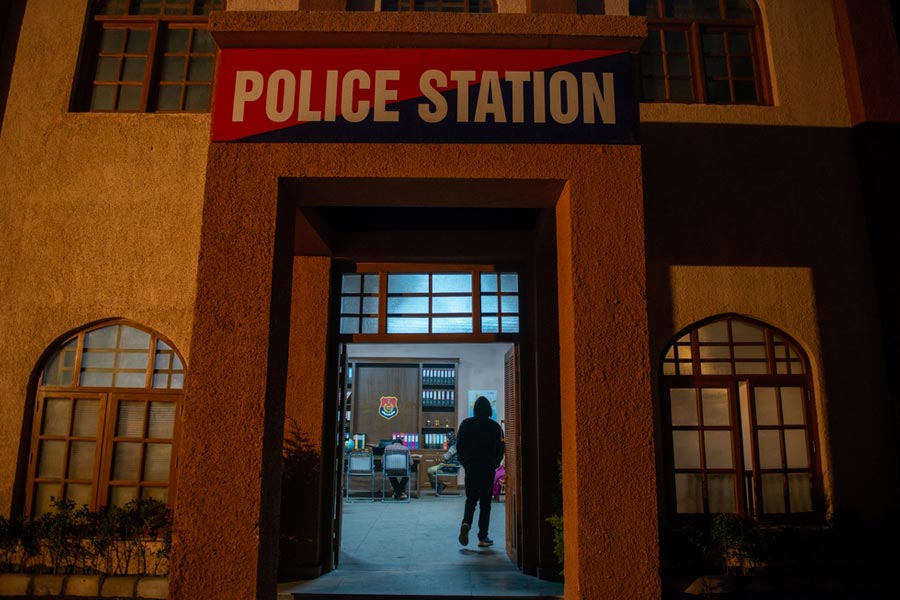
New Delhi, Sept. 5 : Coffee plantations grown under canopies of native trees have emerged as shelters for bats which are among myriad species worldwide threatened by forest fragmentation, a study from India's Western Ghats has shown.
British and Indian biologists who studied several species of bats across forests and plantations on the Valparai plateau in Tamil Nadu have also found that tea plantations, in sharp contrast to coffee plantations, offer little or no food or shelter to the bats.
The coffee shrubs underneath native trees mimic to some extent the lost native undergrowth, but a shift towards replacing native trees with timber canopy and a shift from shade-grown coffee to sun-grown coffee could threaten biodiversity and bats in the region, the scientists have said.
"Bats have never been studied in tea plantations before, despite how widespread tea plantations are globally," Claire Wordley, an ecologist at the University of Leeds, and the first author of the study in the journal Biological Conservation told The Telegraph.

Picture courtesy: Claire Wordley
The researchers observed that the extent of tea plantations appeared to influence the population of at least three species of bats - the greater the area under tea plantations, the lower the density of bats. Expectedly, the density of bats also appeared to decline away from forest fragments.
High flavoured arabica coffee has been traditionally grown under the shade of native trees. But the demand for inexpensive coffee has driven a global shift towards planting robusta coffee, a tougher breed which grows in full sun, yields more coffee berries, but has less flavour than arabica.
"India is among countries where most coffee grown is under native trees," Wordley said. "But, sadly, there is still a trend towards robusta coffee in India - and many arabica planters are moving towards commercial tree species such as eucalyptus for shade which do not provide a good habitat for many (bat) species."
The researchers say if bats and other species of wildlife are to thrive in such landscapes, the country should retain shade-grown coffee under native trees. "A strategy increasingly used in several coffee-growing parts of the world, including the Western Ghats, is the promotion of wildlife-friendly coffee," said John Altringham, a senior conservation scientist at Leeds. "It's excellent coffee - I had a cup of wildlife-friendly coffee from the Nelliyampathy Hills in Kerala," Altringham said.
The British scientists collaborated with biologists Divya Mudappa from the Nature Conservation Foundation (NCF), Mysore, and Maths Sankaran from the National Centre for Biological Sciences, Bangalore, for the study which used equipment called bat detectors to study the distribution of bats on the Valparai plateau.
The NCF is encouraging tree planters to plant native trees in their plantations as shade. Tea, Wordley said, is a much more sun-loving crop than arabica coffee, requiring just a few shade trees widely spaced, and thus will never be as rich a habitat for wildlife as arabica coffee.
"But, hopefully, having three or four species of native shade trees over tea than foreign silver oak will improve the landscape for diversity," she said. Conservation scientists worldwide have been concerned that the loss of forests and fragmentation is threatening many species of wildlife, including amphibians, large vertebrates, among other species.











